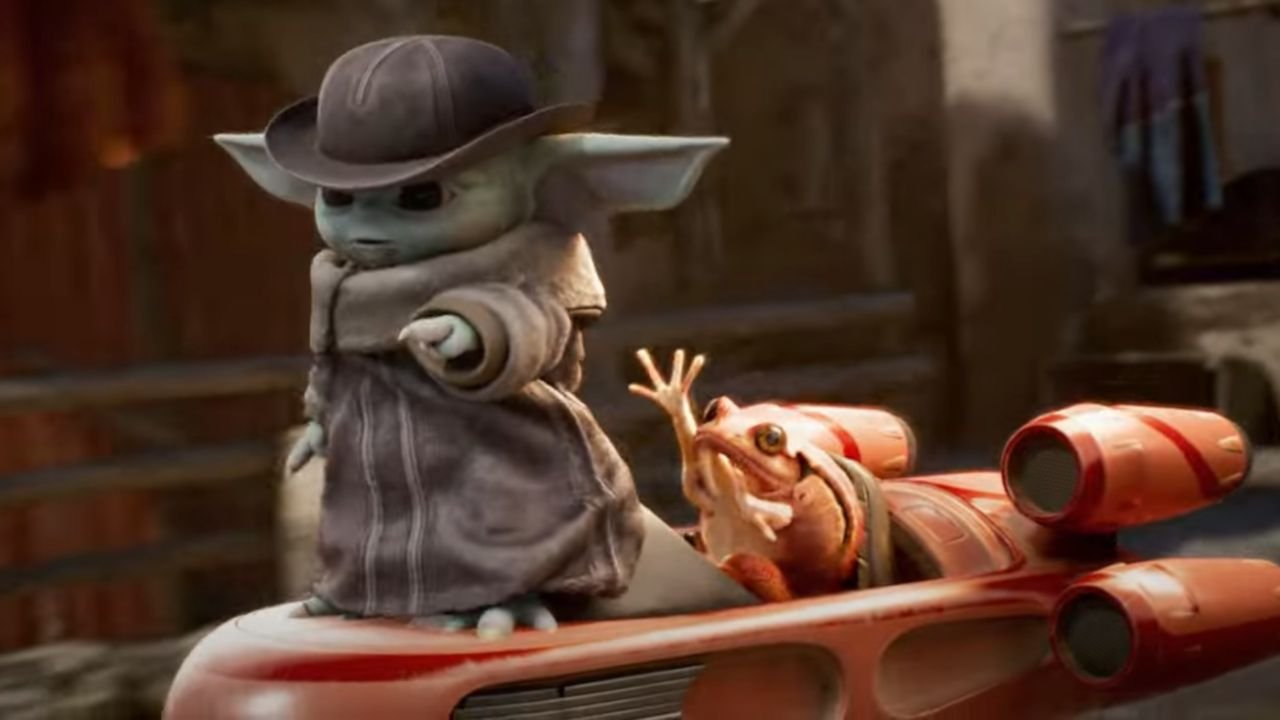The tñacuache, commonly known in English as the opossum, is a creature that captivates with its unique survival tactics and important role in the ecosystem. Found throughout the Americas, this nocturnal marsupial is often misunderstood and underappreciated. Despite its seemingly peculiar appearance and sometimes alarming habits, the tacuache is a remarkable example of nature’s adaptability and resilience.
Introduction to the Tacuache: Nature’s Adaptable Survivor
The tacuache is a marsupial that has successfully adapted to various environments, from dense forests to urban areas. Its ability to thrive in different settings is a testament to its resilience. Although often overlooked or even viewed with disdain, the tacuache plays a vital role in controlling insect and rodent populations, making it an unsung hero of natural pest management.
Understanding the Tacuache: The First Marsupial in the Americas
The tacuache, belonging to the Didelphidae family, is one of the oldest surviving mammals in the Americas. This family of marsupials dates back over 70 million years, making the tacuache a living relic of prehistoric times. Its survival through millions of years of environmental changes is a testament to its adaptability and evolutionary success.
Habitat and Distribution: Where Does the Tacuache Live?
The tacuache is widely distributed across the Americas, with species ranging from southern Canada to northern Argentina. It is particularly common in the United States, Mexico, and Central America. The adaptability of the tacuache allows it to live in various habitats, including forests, grasslands, and even urban environments where it often scavenages for food.
Behavior and Diet: What Does the Tacuache Eat?
The tacuache is an omnivore with a varied diet that includes fruits, insects, small mammals, and even carrion. This diet flexibility is one reason for its widespread distribution and success. Tacuaches are also known for their scavenging habits, often rummaging through trash cans in urban areas. Despite this, they play a crucial role in ecosystems by keeping insect and rodent populations in check.
Nocturnal Lifestyle: The Nightly Activities of the Tacuache
As a nocturnal animal, the tacuache is most active at night, using its keen sense of smell and hearing to locate food. This night-time activity helps it avoid predators and thrive in environments where it might otherwise struggle during the day. The tacuache’s nocturnal habits are one of the many adaptations that have allowed it to survive for millions of years.
Defensive Strategies: How Does the Tacuache Protect Itself?
One of the most famous behaviors of the tacuache is its ability to “play dead” when threatened. This act, known as thanatosis, is a defensive strategy that can fool predators into thinking the tacuache is no longer a viable target. Additionally, tacuaches have sharp teeth and a strong bite, which they can use to defend themselves if necessary. Their thick fur and skin also provide some protection against bites and stings.
Reproduction and Lifecycle: The Next Generation of Tacuaches
Tacuaches are marsupials, which means they give birth to underdeveloped young that continue to grow in the mother’s pouch. A typical litter can range from 6 to 13 young, which are born after a short gestation period of about 13 days. The young remain in the pouch for about two months before venturing out, still clinging to their mother’s back as they explore the world.
The Tacuache in Folklore and Culture: A Symbol of Resourcefulness
In many cultures, the tacuache is seen as a symbol of cleverness and survival. In Mexican folklore, the tacuache is often depicted as a trickster figure, using its wits to outsmart larger and more powerful animals. This cultural significance reflects the animal’s real-world ability to adapt and survive in a variety of challenging environments.
The Role of the Tacuache in Ecosystems: Nature’s Cleanup Crew
The tacuache plays an essential role in ecosystems as both a predator and scavenger. By consuming a variety of foods, including carrion, they help to clean up the environment and reduce the spread of disease. Additionally, by controlling insect and rodent populations, they contribute to the balance of ecosystems, making them a crucial part of the natural world.
Human Interaction with Tacuaches: A Relationship of Tolerance and Conflict
While tacuaches are beneficial to ecosystems, their presence in urban areas can lead to conflicts with humans. They are often seen as pests, especially when they rummage through trash or take up residence in attics or garages. However, understanding the benefits these animals provide can lead to more tolerant and humane approaches to managing their presence in human-dominated landscapes.
Conservation Status: Protecting the Tacuache
Despite their adaptability, tacuaches face threats from habitat destruction, vehicle collisions, and human persecution. While they are not currently endangered, local populations can suffer from these pressures. Conservation efforts focus on habitat preservation and public education to reduce unnecessary killings and promote coexistence with these beneficial animals.
The Tacuache’s Unique Physiology: A Marsupial Built for Survival
The tacuache’s physiology is well-suited to its survival. Its prehensile tail helps it balance and climb, while its sharp claws are ideal for digging and grasping. The tacuache also has a unique immune system that makes it resistant to snake venom and many common diseases, further enhancing its ability to survive in a wide range of environments.
Tacuache Myths Debunked: Separating Fact from Fiction
There are many myths surrounding the tacuache, such as the belief that they hang from trees by their tails. While they do have prehensile tails that aid in climbing, tacuaches do not hang upside down like bats. Another common myth is that tacuaches are aggressive, when in fact they are shy animals that prefer to avoid confrontation whenever possible.
Tacuaches in Urban Areas: Adapting to City Life
Tacuaches are increasingly found in urban areas, where they adapt to new food sources and shelter opportunities. While their presence in cities often leads to conflicts with humans, these adaptable animals can thrive in such environments if they have access to food and safety. Urban residents can help reduce conflicts by securing trash bins and providing wildlife-friendly spaces.
The Importance of Tacuache Conservation: Ensuring Future Generations
Conserving tacuache populations is important not only for the species itself but also for the health of ecosystems. By protecting their habitats and reducing threats, we can ensure that future generations continue to benefit from the ecological services these animals provide. Conservation efforts also help maintain biodiversity, which is crucial for the resilience of ecosystems.
Educating the Public About Tacuaches: Changing Perceptions
Public education is key to changing perceptions of tacuaches. By informing people about the benefits these animals provide and dispelling myths, we can foster a greater appreciation for them. This can lead to more humane treatment and support for conservation efforts. Schools, wildlife organizations, and community groups play an important role in spreading this knowledge.
Tacuache Behavior in Different Seasons: How Do They Cope?
The behavior of tacuaches varies with the seasons. In colder months, they may be less active, seeking out warm places to shelter, while in warmer months, they are more active, foraging for food. Understanding these seasonal behaviors can help people coexist more peacefully with these animals, as it allows for better anticipation of their needs and movements.
The Tacuache and Climate Change: Adapting to a Changing World
As climate change alters ecosystems, the tacuache’s adaptability will be tested. Changes in temperature, food availability, and habitat could affect their populations. However, their flexible diet and behavior may allow them to adjust to these changes better than many other species. Ongoing research is essential to monitor how climate change impacts these animals and what can be done to help them.
How to Support Tacuache Conservation: What Can You Do?
Individuals can support tacuache conservation by advocating for habitat preservation, reducing the use of pesticides, and supporting wildlife-friendly practices. Simple actions, such as securing trash cans and creating safe passages for wildlife in urban areas, can make a big difference. Additionally, supporting organizations that work to protect tacuaches and other wildlife can contribute to broader conservation efforts.
Conclusion
The tacuache, with its unique adaptations and important ecological role, deserves our respect and protection. By learning more about these fascinating creatures and promoting coexistence, we can help ensure that they continue to thrive in a rapidly changing world. Whether viewed as a symbol of resourcefulness or simply as a remarkable survivor, the tacuache is a valuable part of the natural world that we should all strive to understand and protect.
FAQs
What is a tacuache?
A tacuache, also known as an opossum, is a nocturnal marsupial native to the Americas. It is known for its adaptability and role in ecosystems as a scavenger and predator.
Do tacuaches play dead?
Yes, tacuaches can “play dead” as a defensive strategy when threatened. This behavior, known as thanatosis, helps them avoid predators by making them appear lifeless and unappetizing.
Are tacuaches dangerous?
Tacuaches are generally not dangerous to humans. They are shy animals that prefer to avoid conflict. However, they may bite if threatened or cornered.
Where do tacuaches live?
Tacuaches live in a variety of habitats, including forests, grasslands, and urban areas. They are highly adaptable and can be found throughout the Americas.
What do tacuaches eat?
Tacuaches are omnivores with a diverse diet that includes fruits, insects, small mammals, and carrion. They are also known to scavenge in urban areas, often eating leftovers from trash.
How can I deter tacuaches from my property?
To deter tacuaches, secure your trash cans, remove food sources, and seal any entry points to your home. Humane deterrents, such as motion-activated lights or sprinklers, can also be effective.




